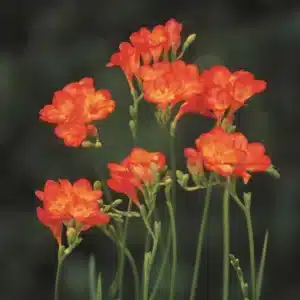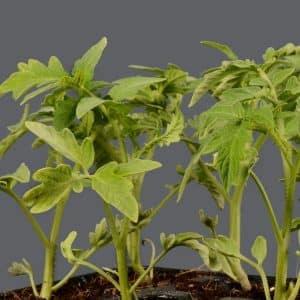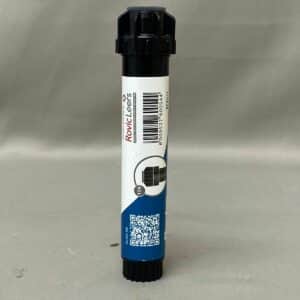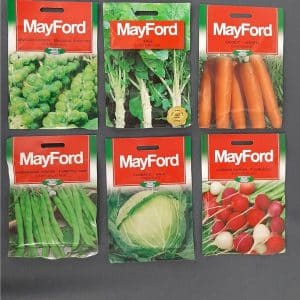Indigenous Scented Garden
Indigenous and fynbos
Indigenous Scented Garden
Add an extra sensory delight to your garden by including plants with fragrance.
Create a romantic garden filled with scented plants. The best place to position plants with scented flowers is on or next to the patio, where the fragrance can be enjoyed to the full.
Outside a study or bedroom windows is another option. And what could be more welcoming that a perfumed entrance garden? You can even create a romantic perfumed area around a bench in the garden.
Aromatic foliage plants are ideal alongside a pathway where they will release their fragrance when brushed against. Also consider planting up containers with aromatic herbs and putting them next to your outdoor entertainment area where they are easily available for cooking and garnishing.
The strongest floral scents tend to come from mainly exotic plants — such as brunfelsia, moonflower, gardenia, frangipani and roses. However there are many indigenous plants with perfumed blooms and aromatic foliage.
Consider these indigenous plants with fragrant blooms for your garden :
- September bells. (Rothmannia globosa) is a small to medium tree with beautiful clusters of creamy blossoms that are pleasantly scented.
- Cape chestnut. Calodendrum capense is a medium to large, fast-growing tree. It has fragrant pink flowers and aromatic leaves – a double bonus.
- Buddleja. The 4m tall weeping sage (Buddleja auriculata) has an especially lovely fragrance, while the false olive (B. saligna) gives off a strong honey scent.
- Wild camphor bush. Tarchonanthus camphoratus is a shrub or small tree with foliage that smells strongly of camphor, especially in the hot sun. Ideal fro coastal gardens.
- Helichrysum. Helichrysum populifolium is a pleasing garden shrub. The flowers smell of honey and the aromatic leaves have musky scent.
- Buchu. This group of plants is an important component of the ‘fynbos smell’ so well known and loved in the Cape. Many Agathosma species are now available.
- Pelargoniums. Many Pelargonium species have fragrant foliage. Try P. crispum with its lemony scent or the rose scent of the tough P. capitatum. Use the leaves in scone recipes.
- Wild rosemary. The leaves of the 1,5m tall Eriocephalus africanus can be used to flavour your meals.
- Confetti bushes. Coleonema species have foliage with a strong, clean scent rather like tea tree oil, as well as pretty blooms.
- Wild jasmine. (Jasminum multipartitum) is a climber with a superb sweet perfume.
- Asparagus. Asparagus falcatus is a climber with scented white blooms that will grow in semi-shade. The popular asparagus fern (Asparagus densiflorus ‘Sprengeri’) produces white flowers that are subtly scented for a short time.
You might also like
Shop online
-
- Sale!
Freesias Red Bulbs
- R44.99
-
TOMATO 6 PACK
- R39.99
-
Pop-up Sprayer 5.2m
- R54.99
-
Mayford Vegetable Seeds
- R39.99




